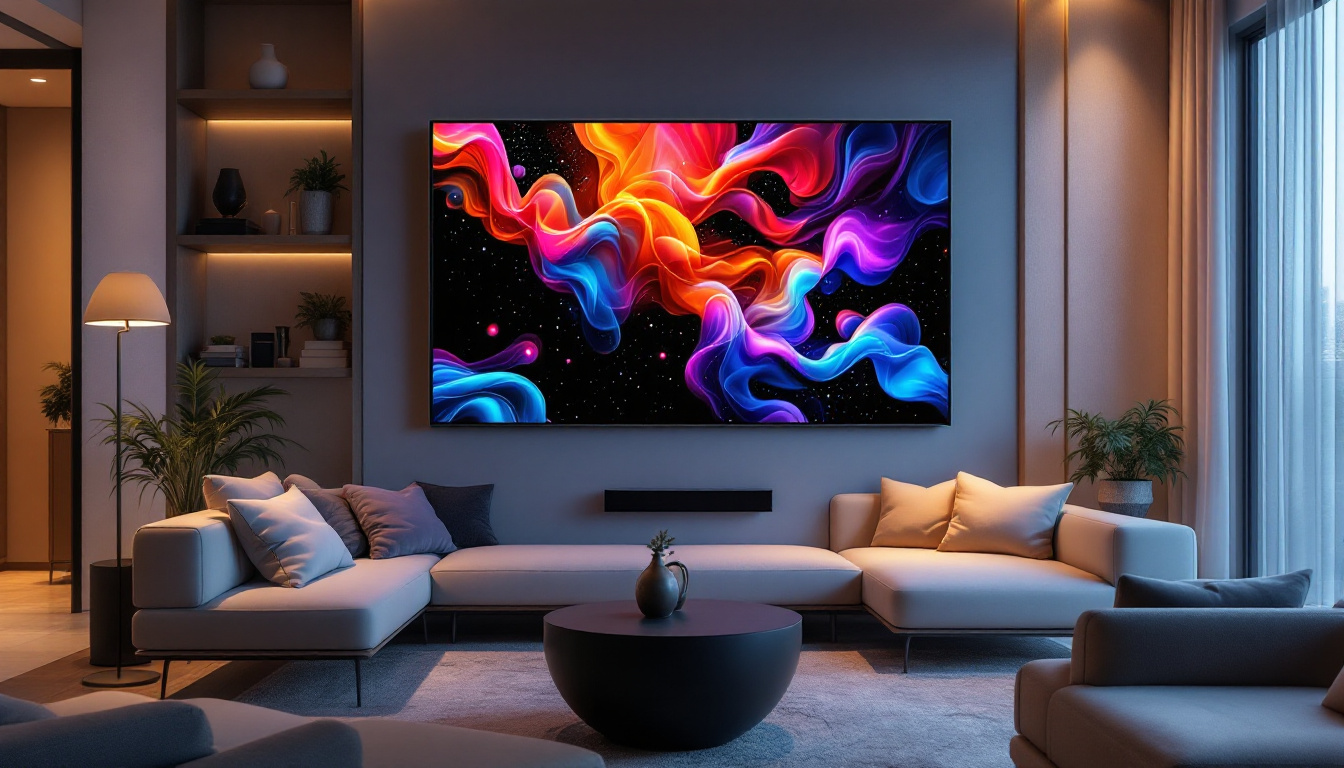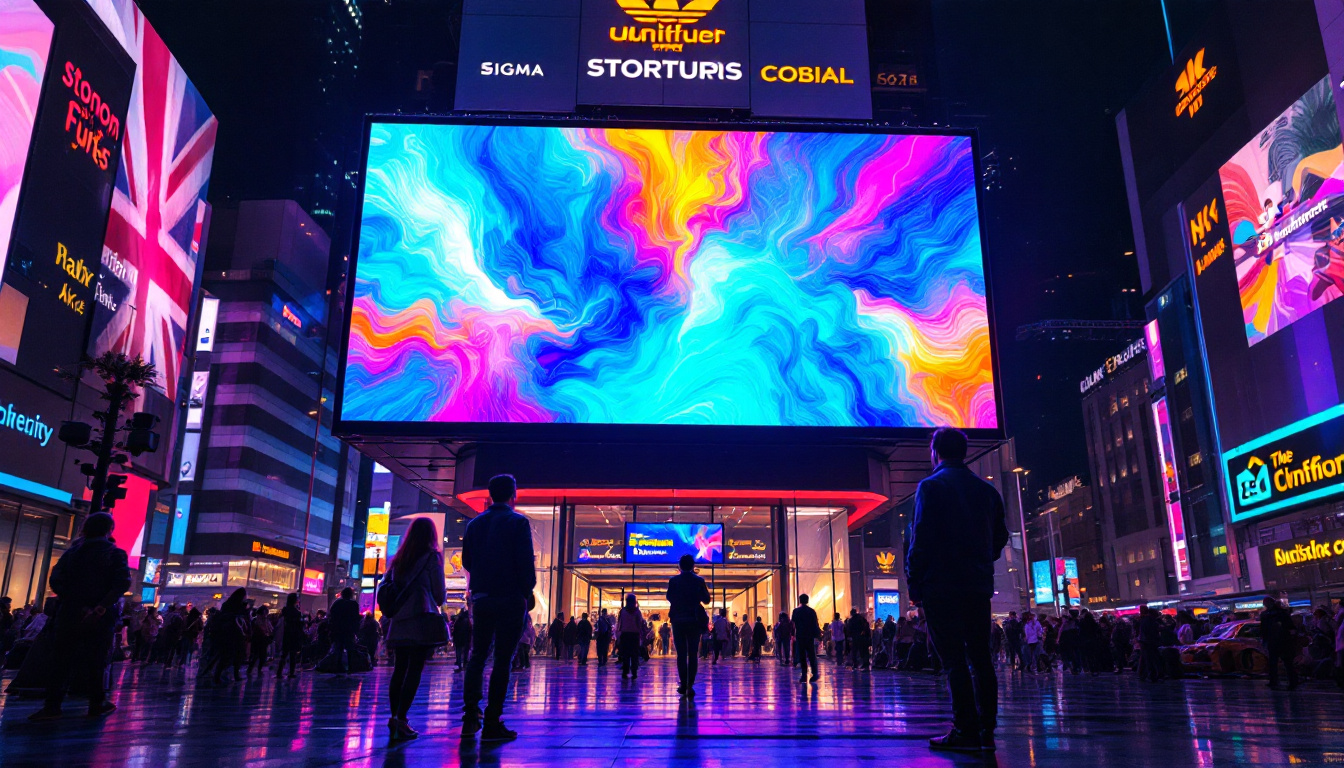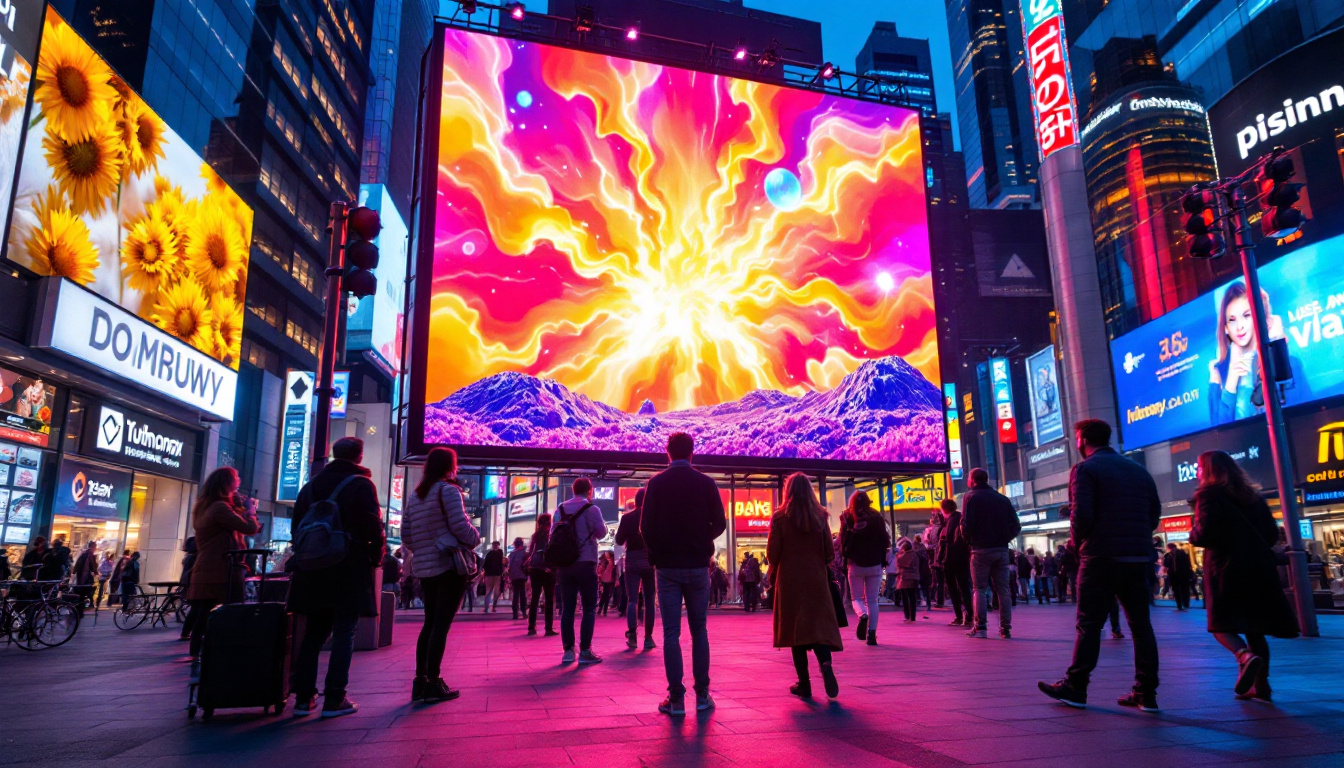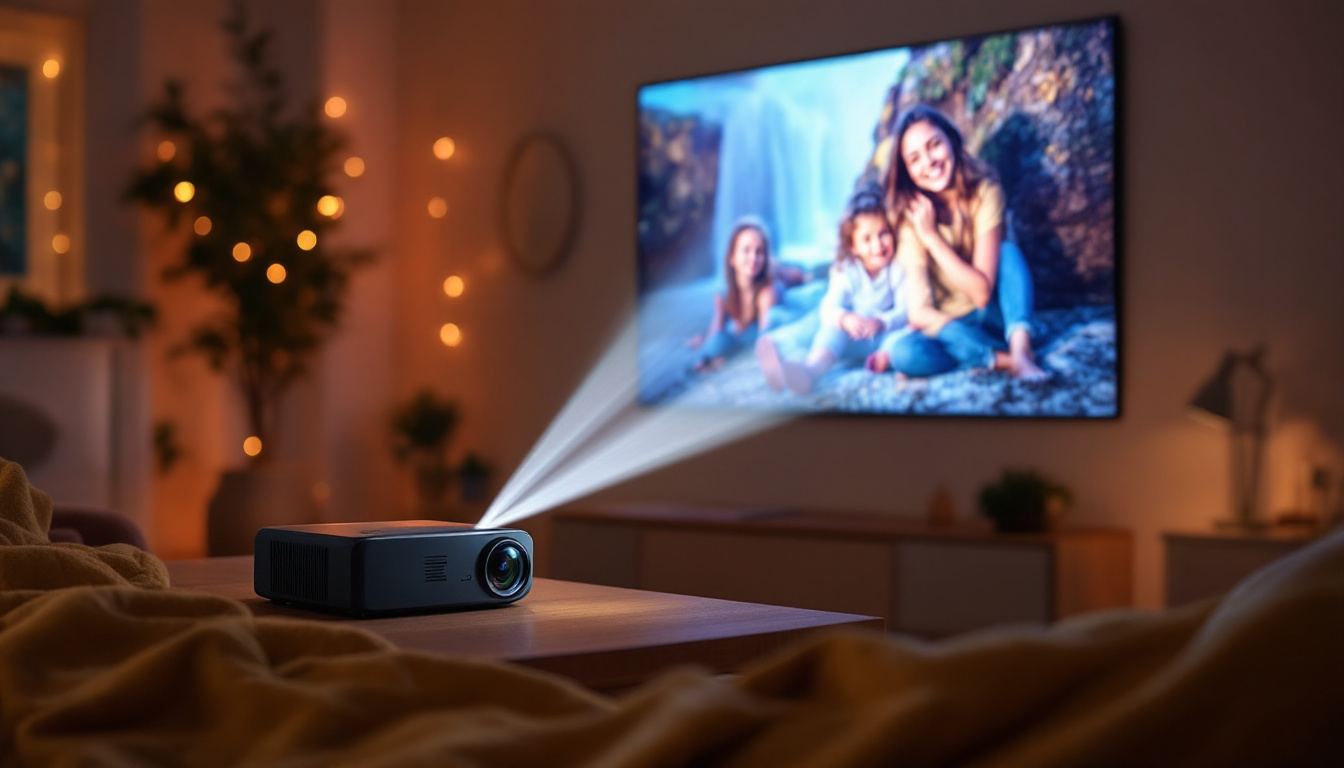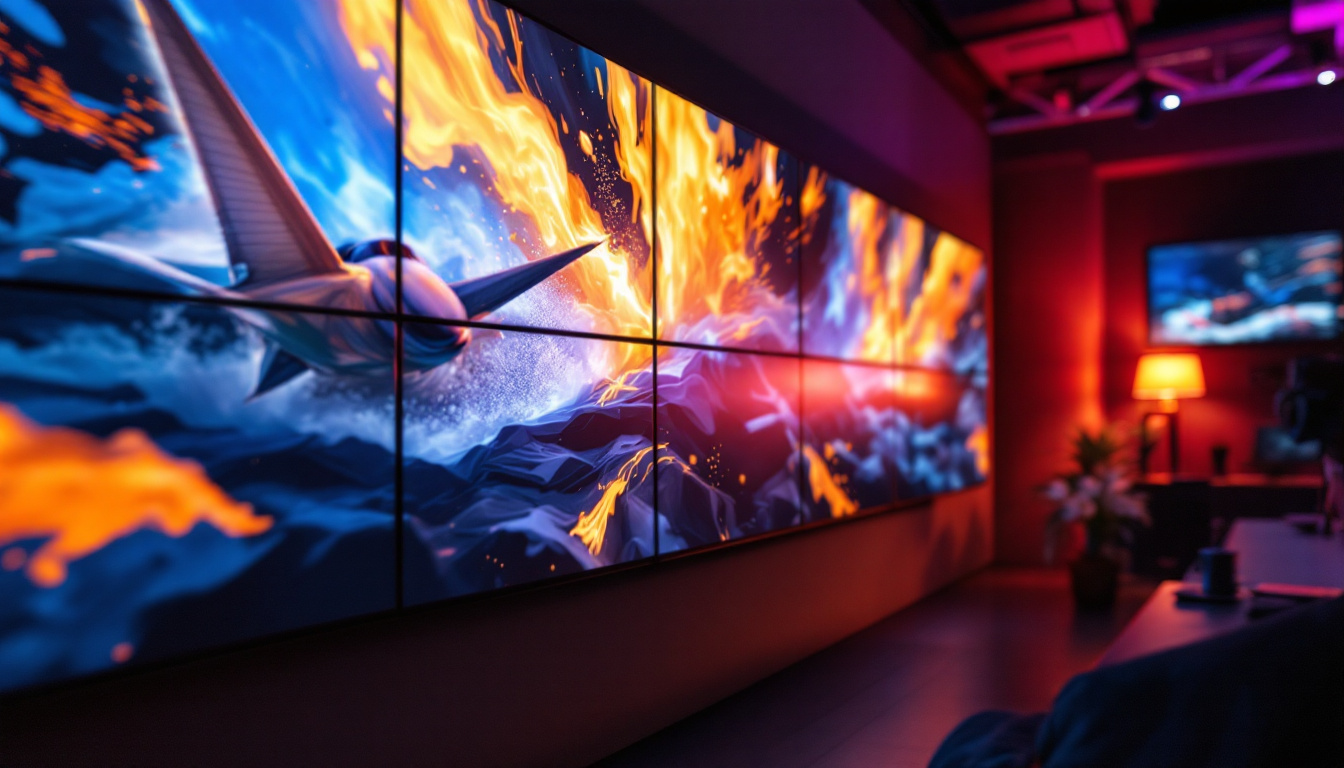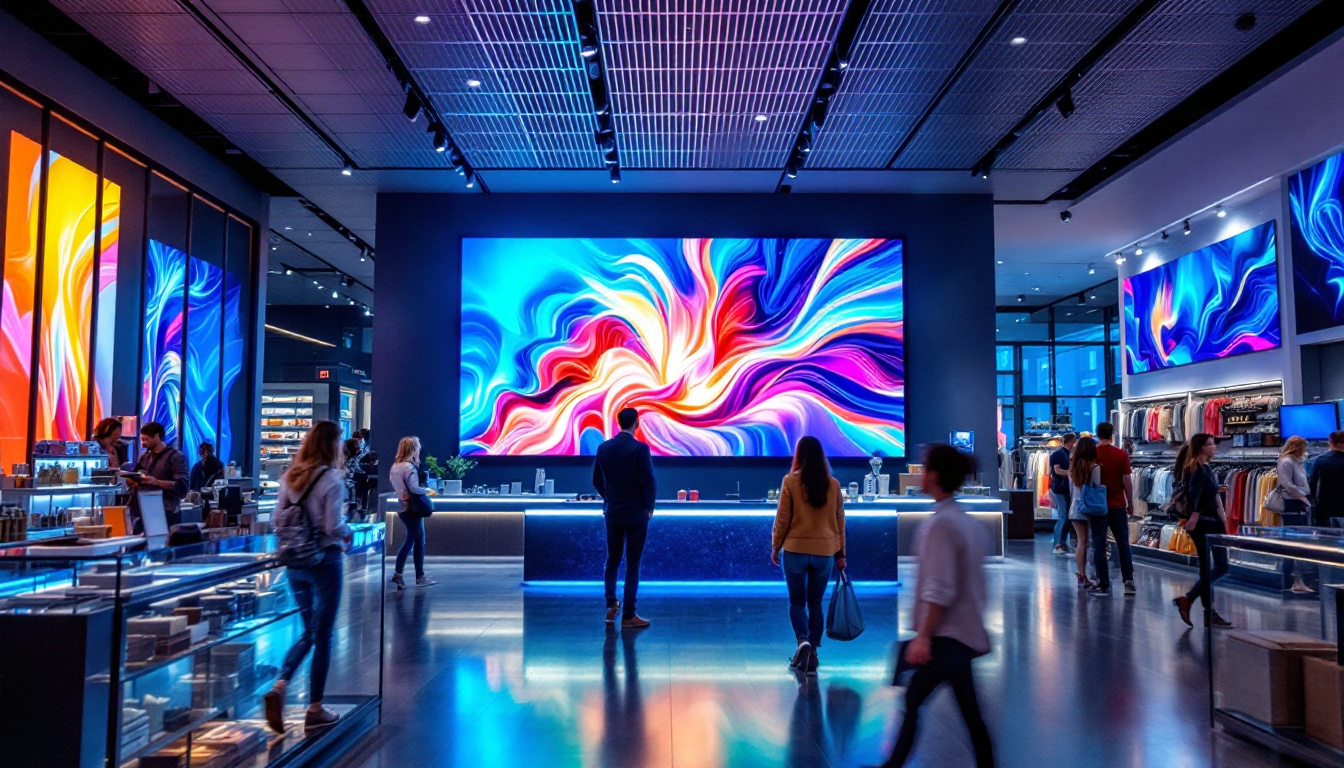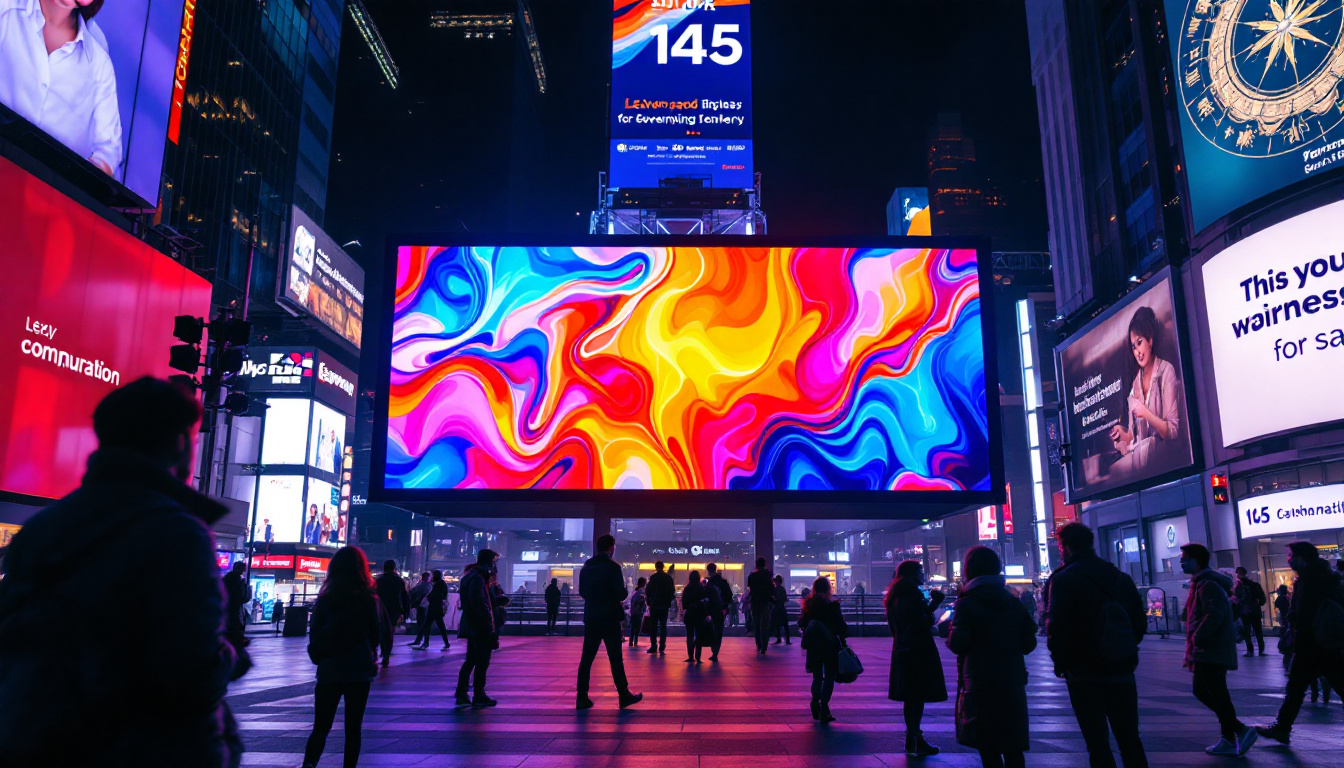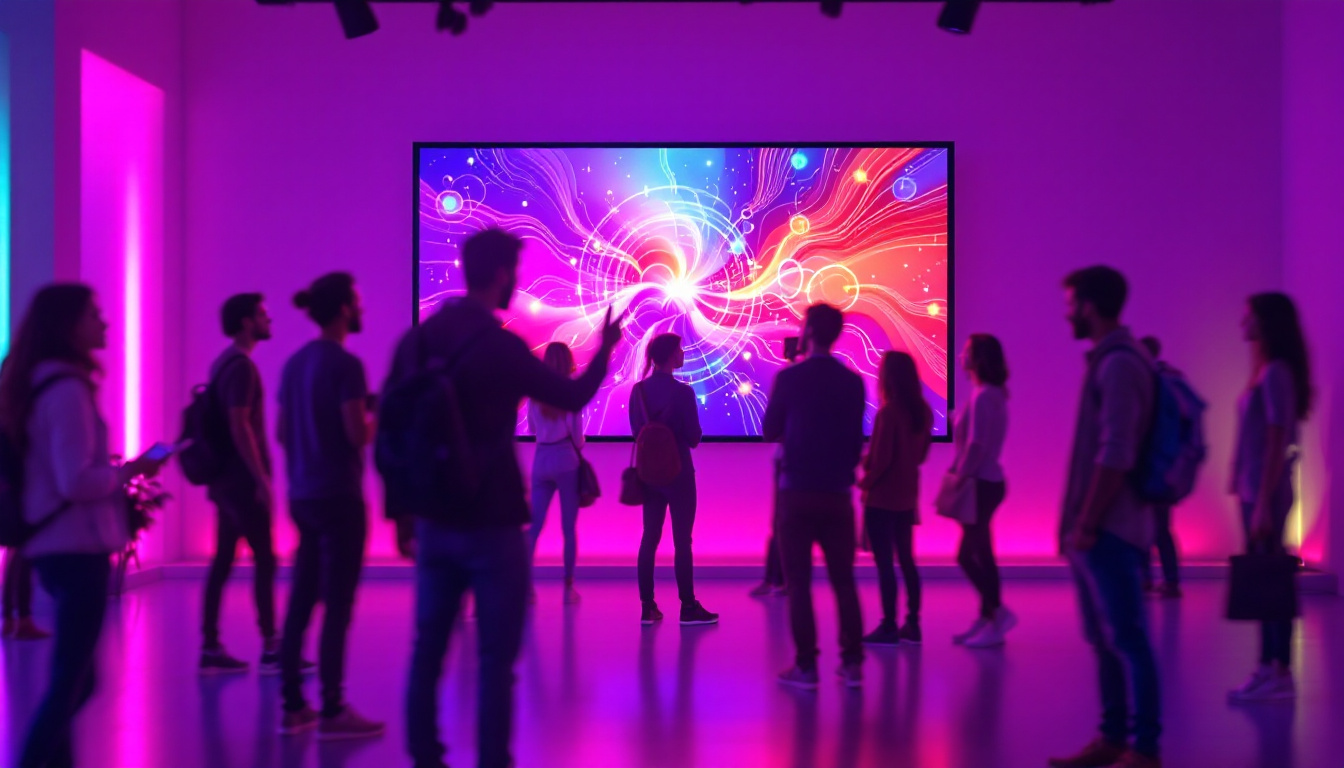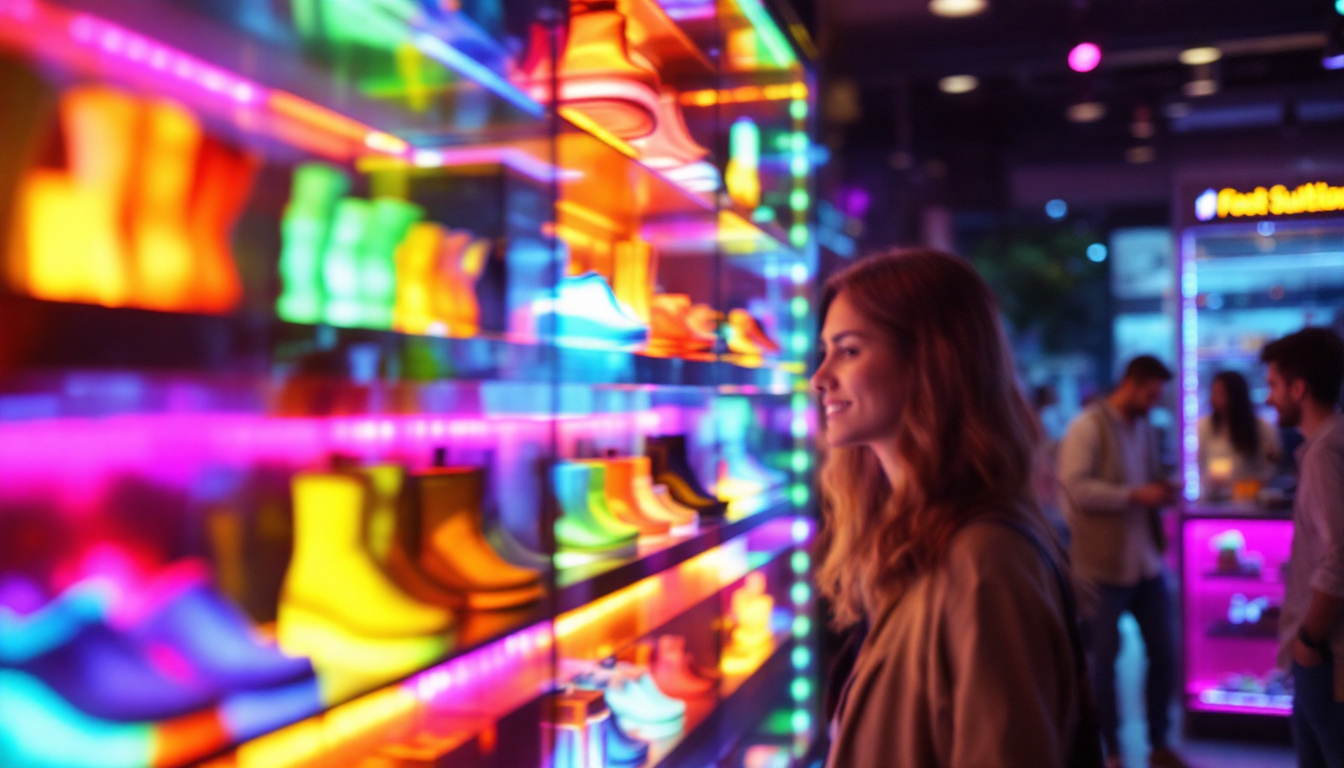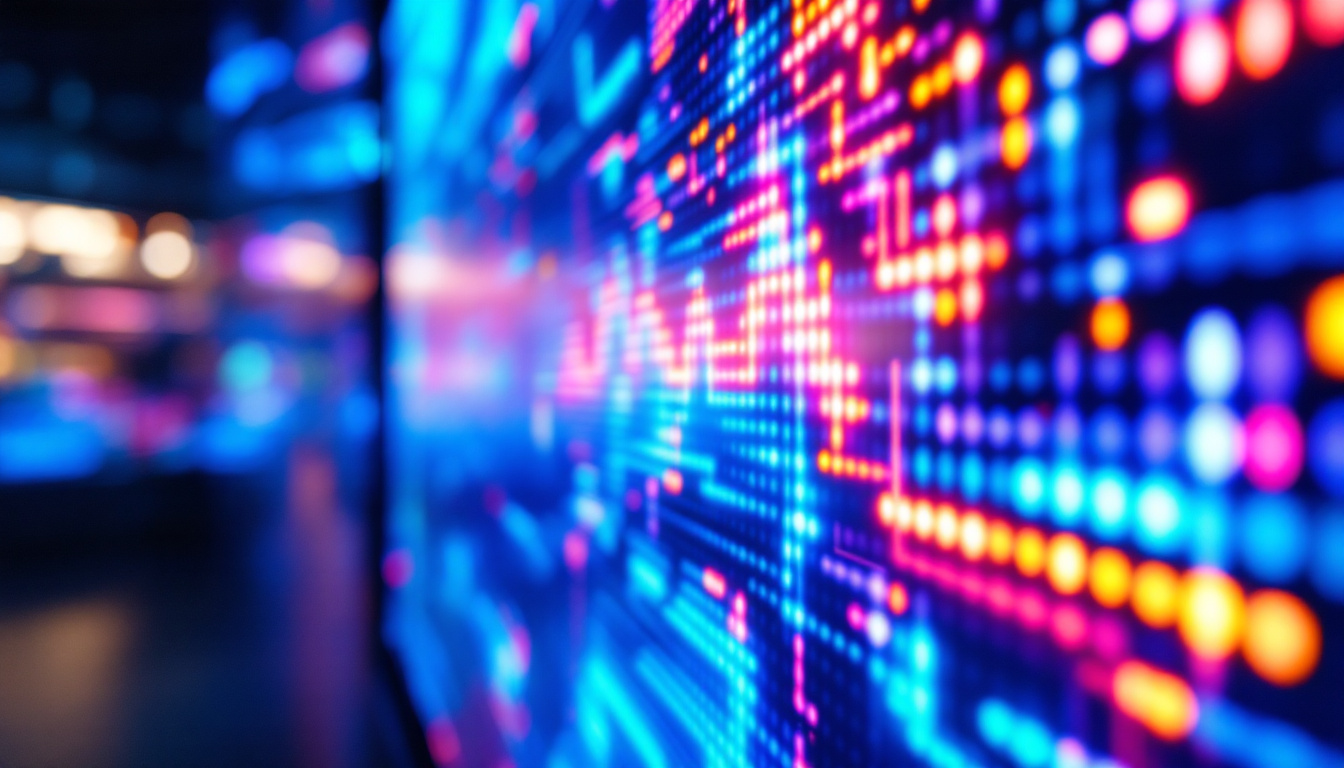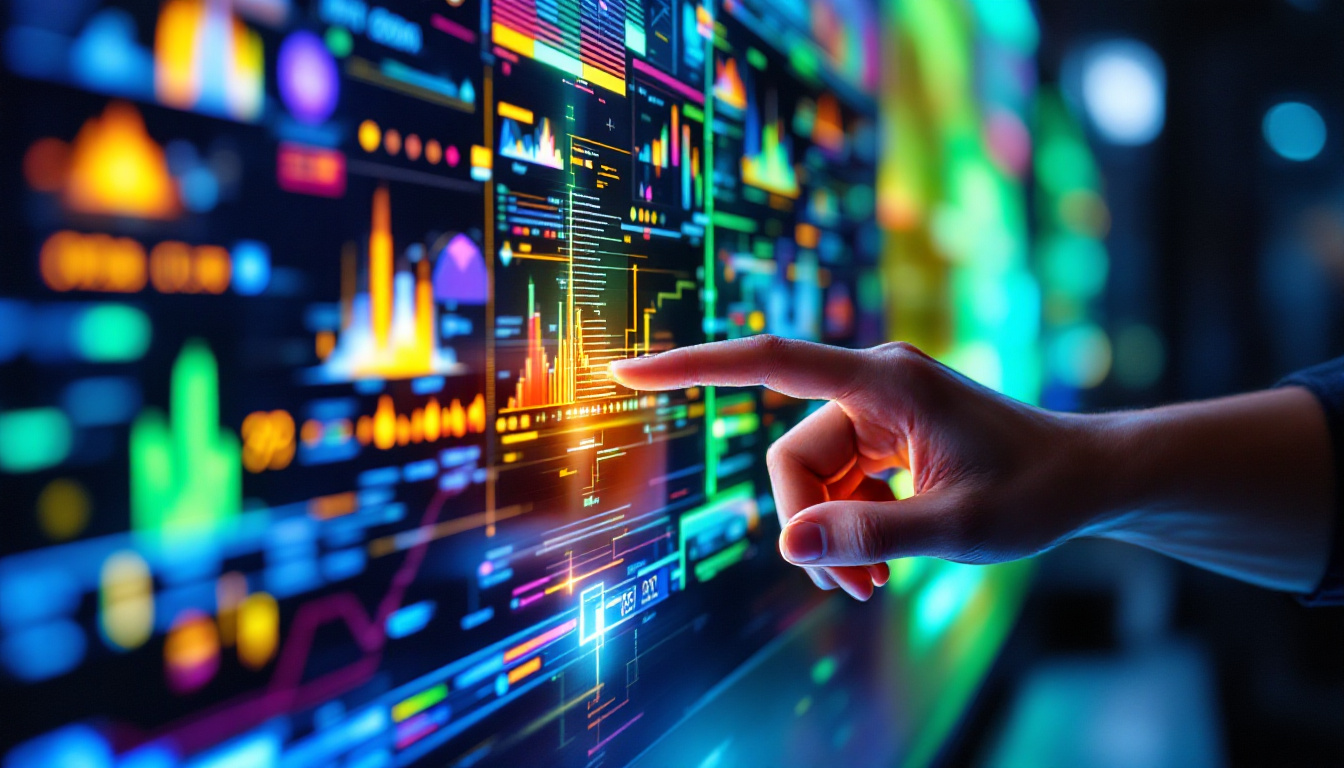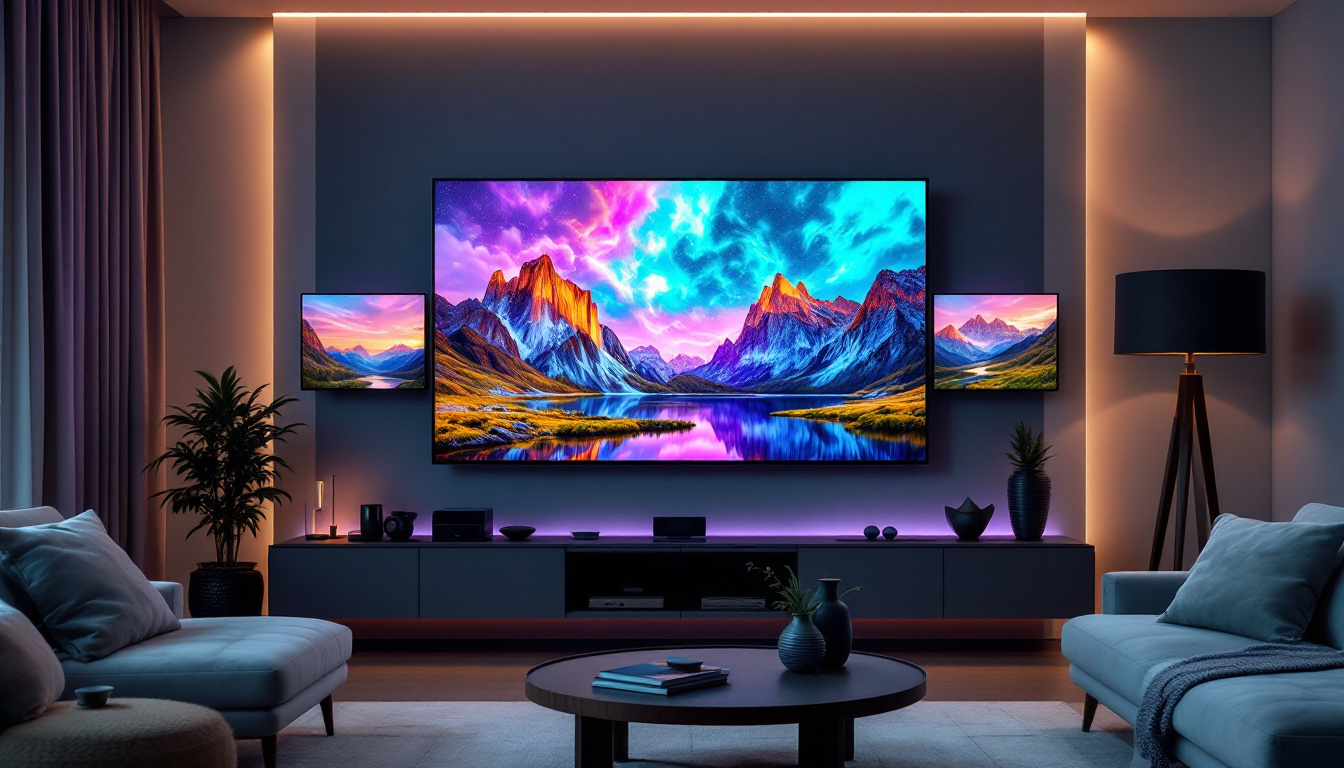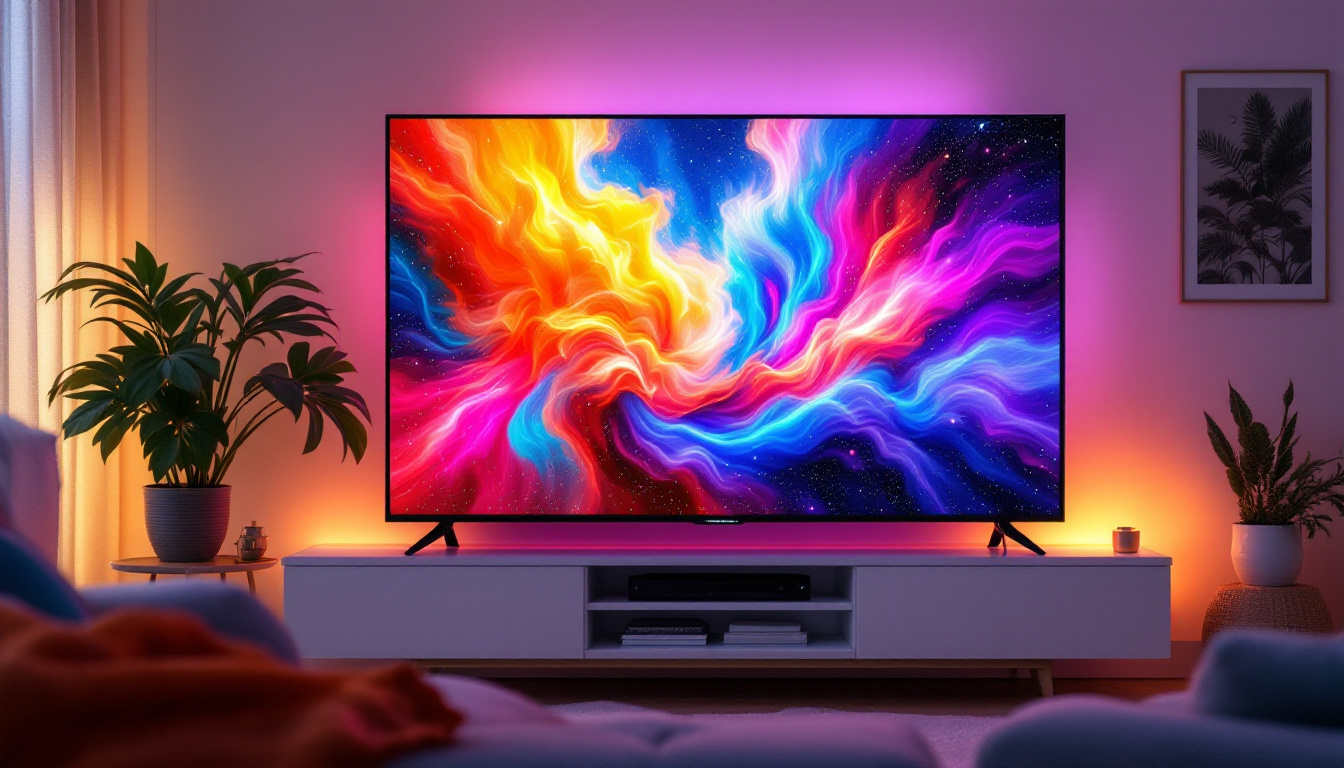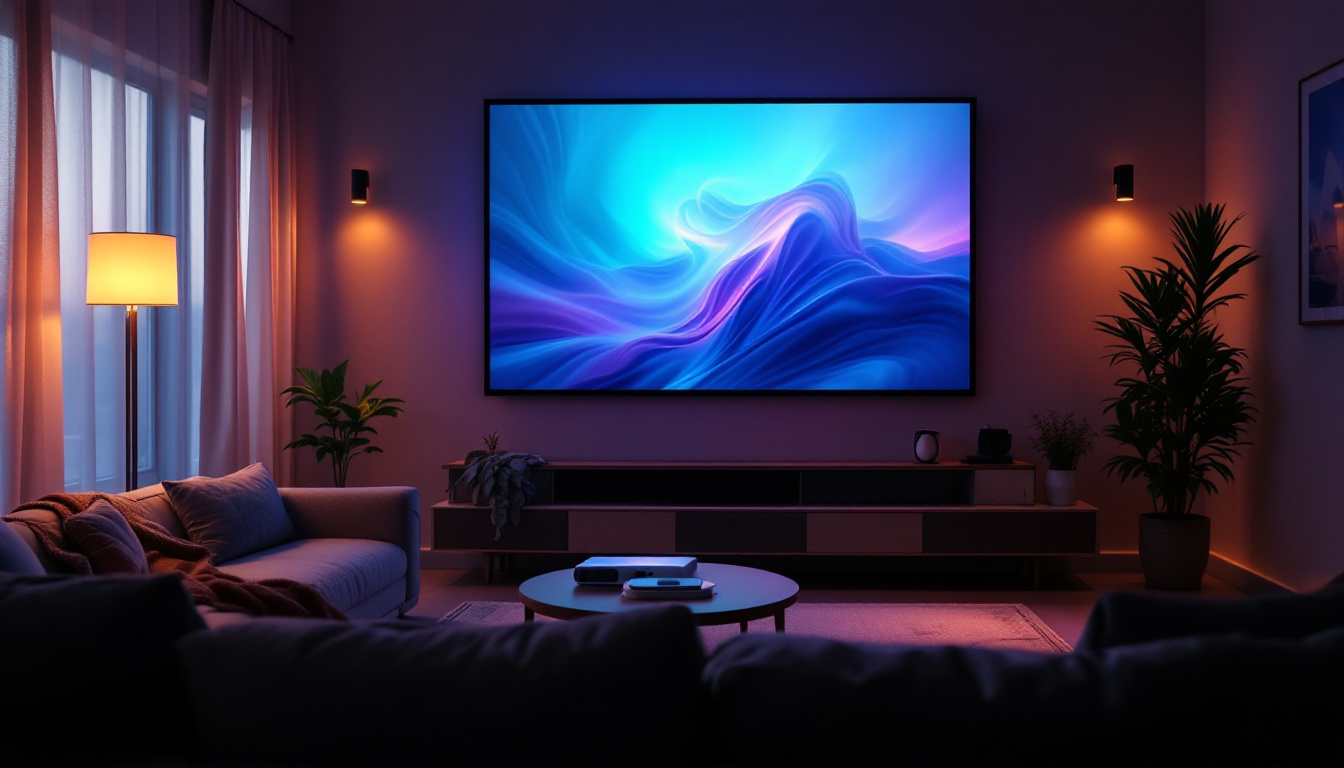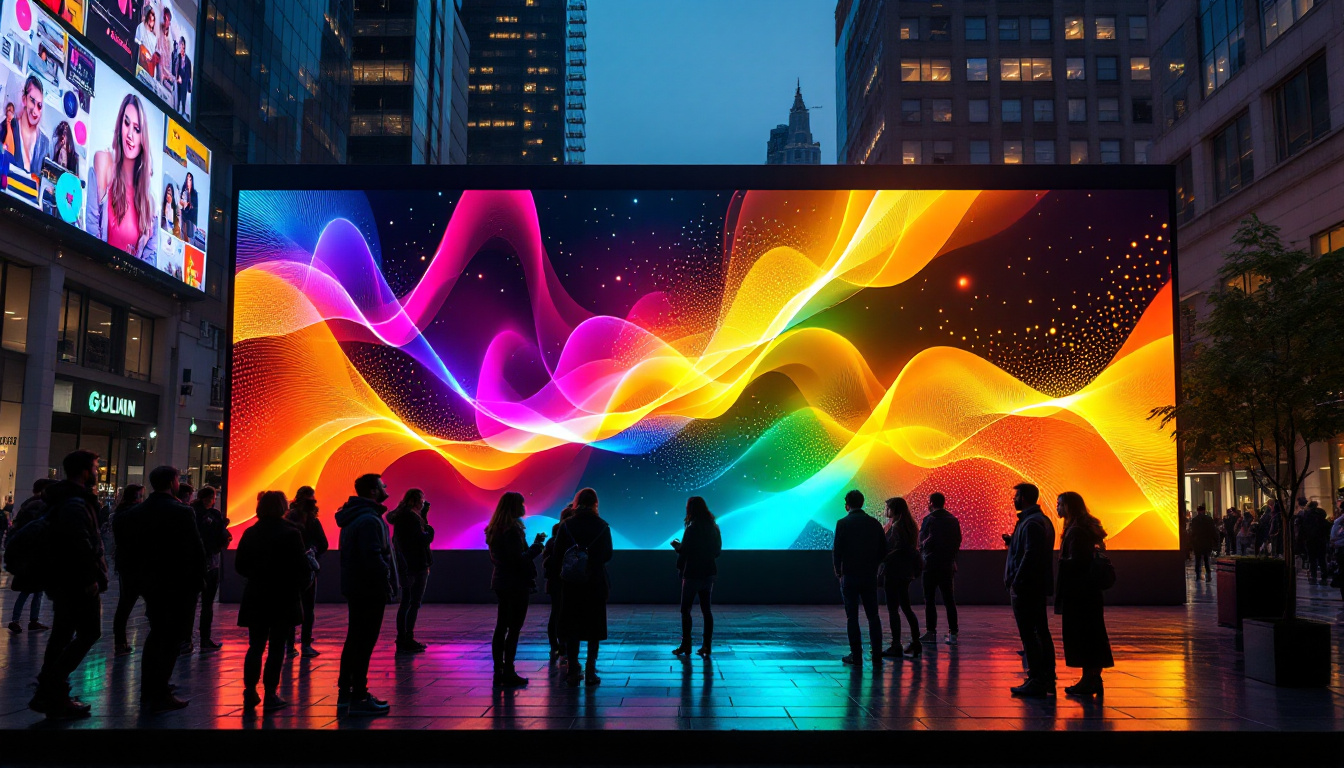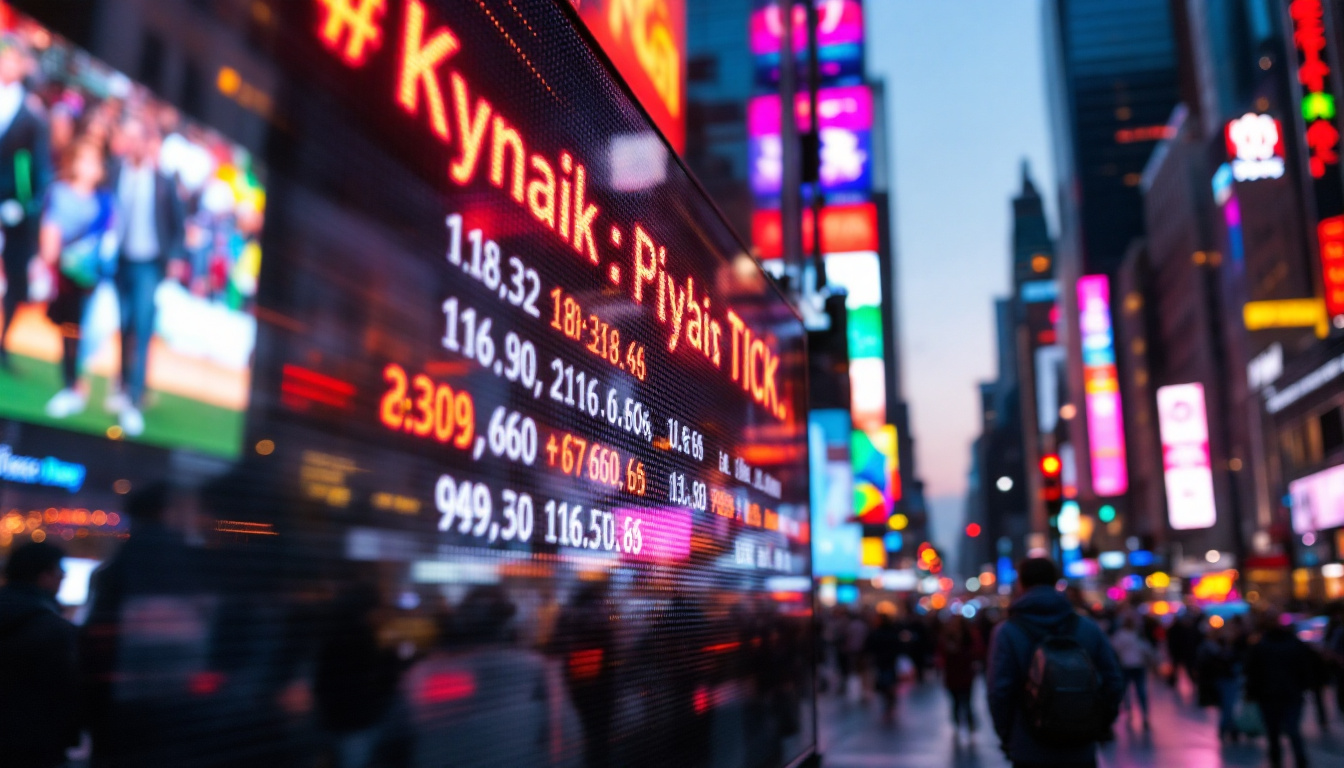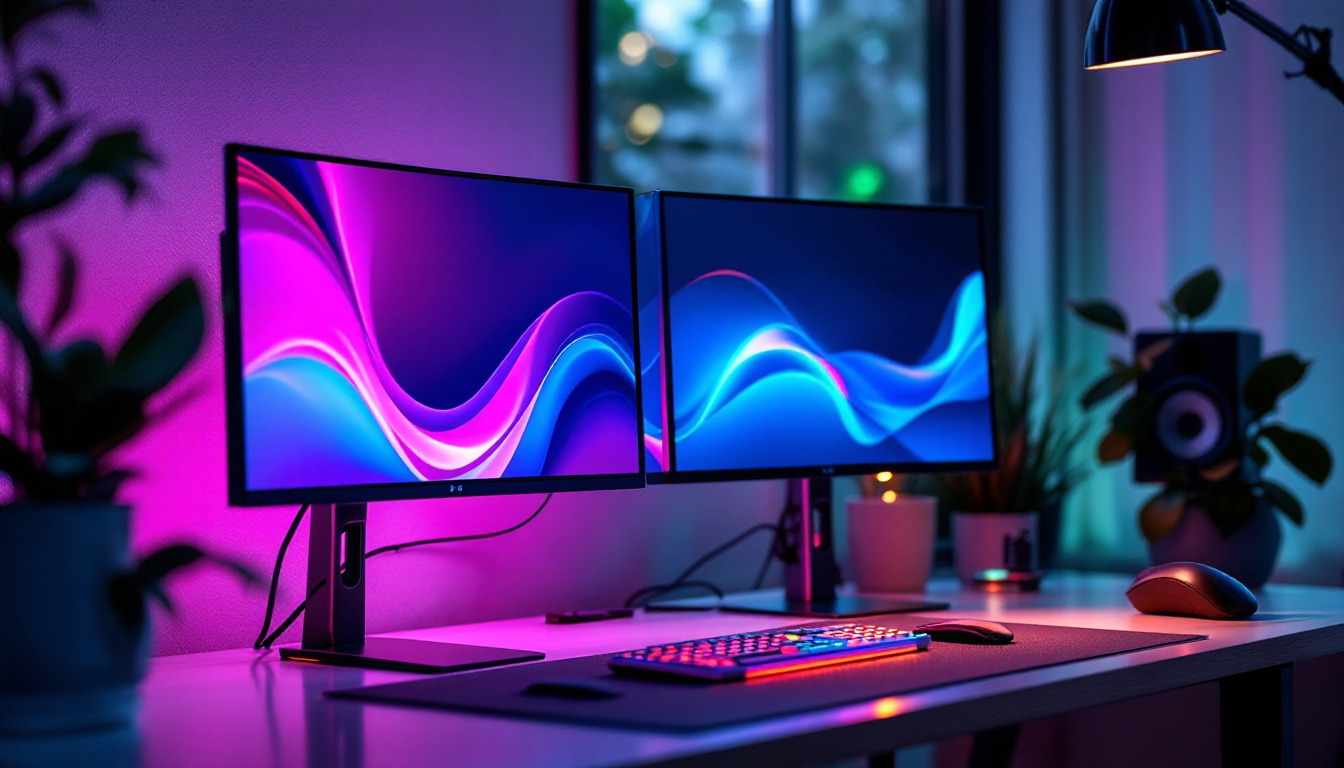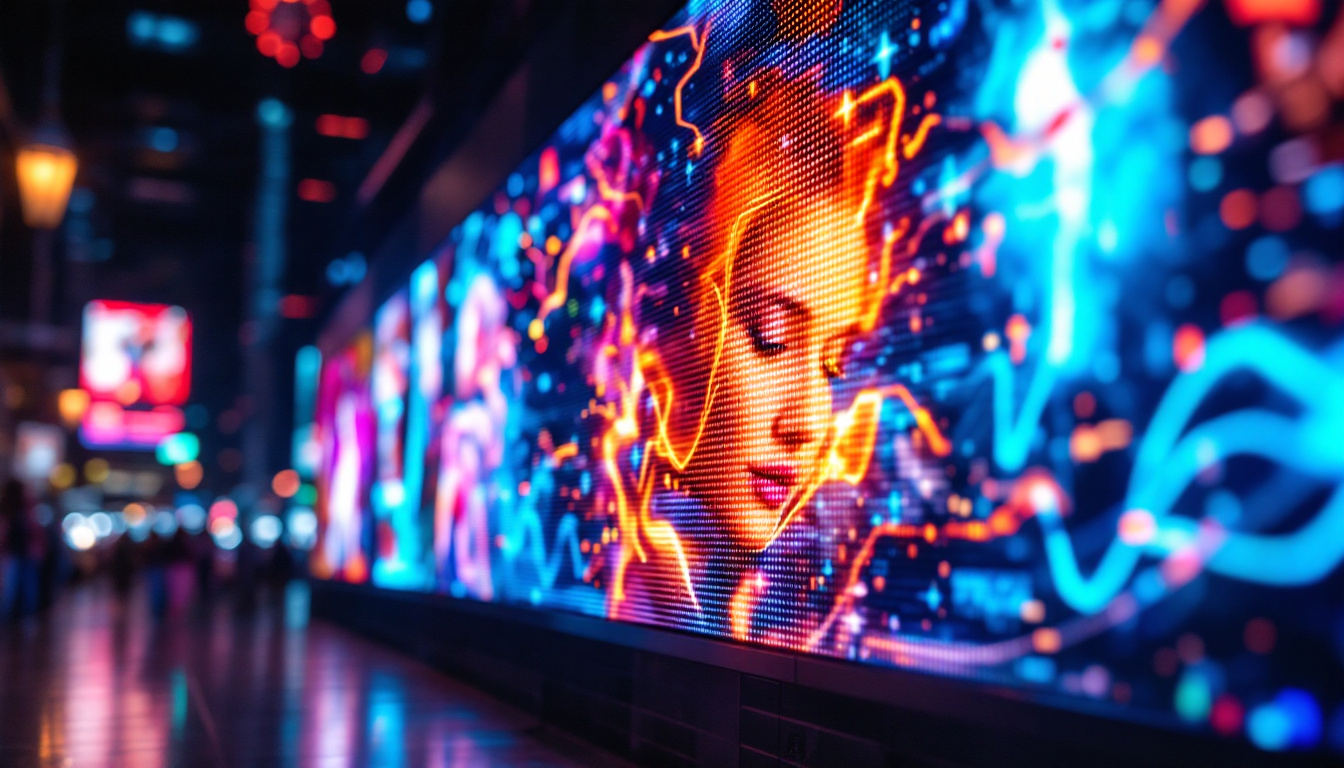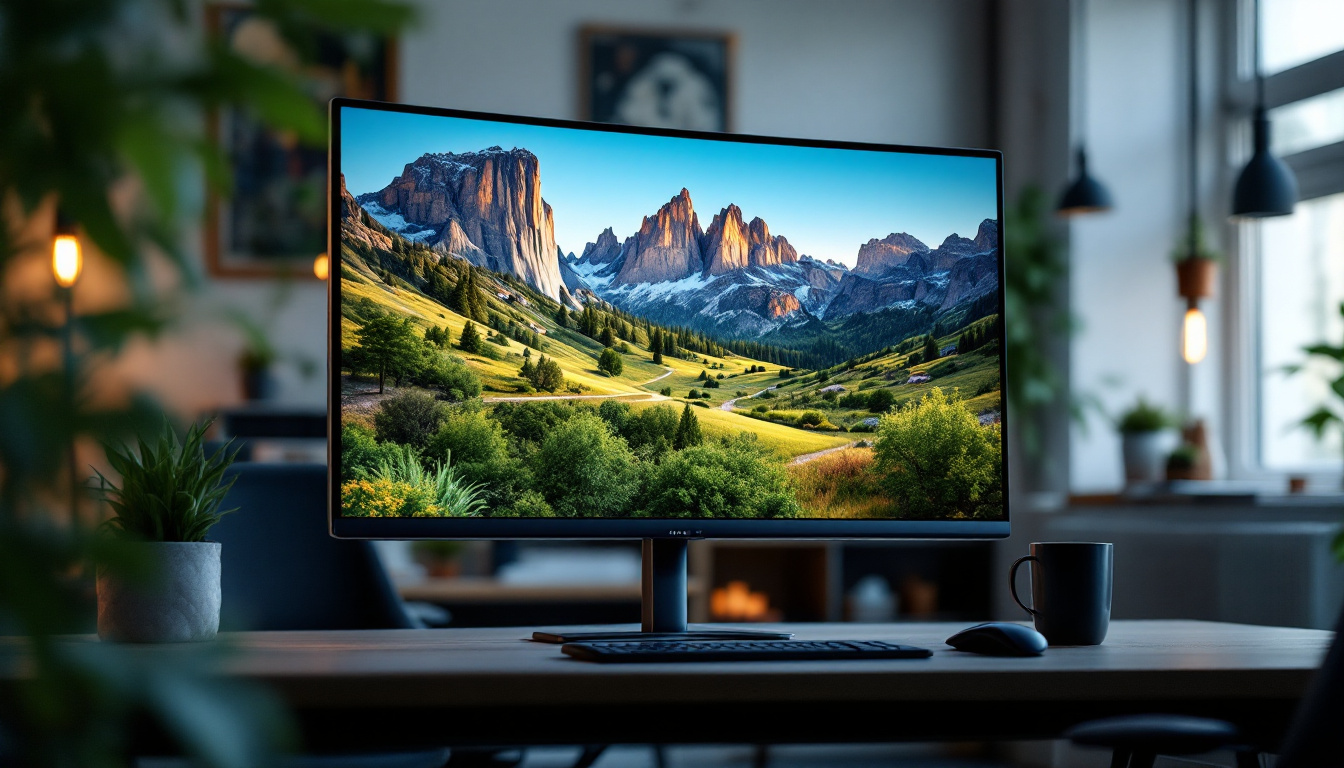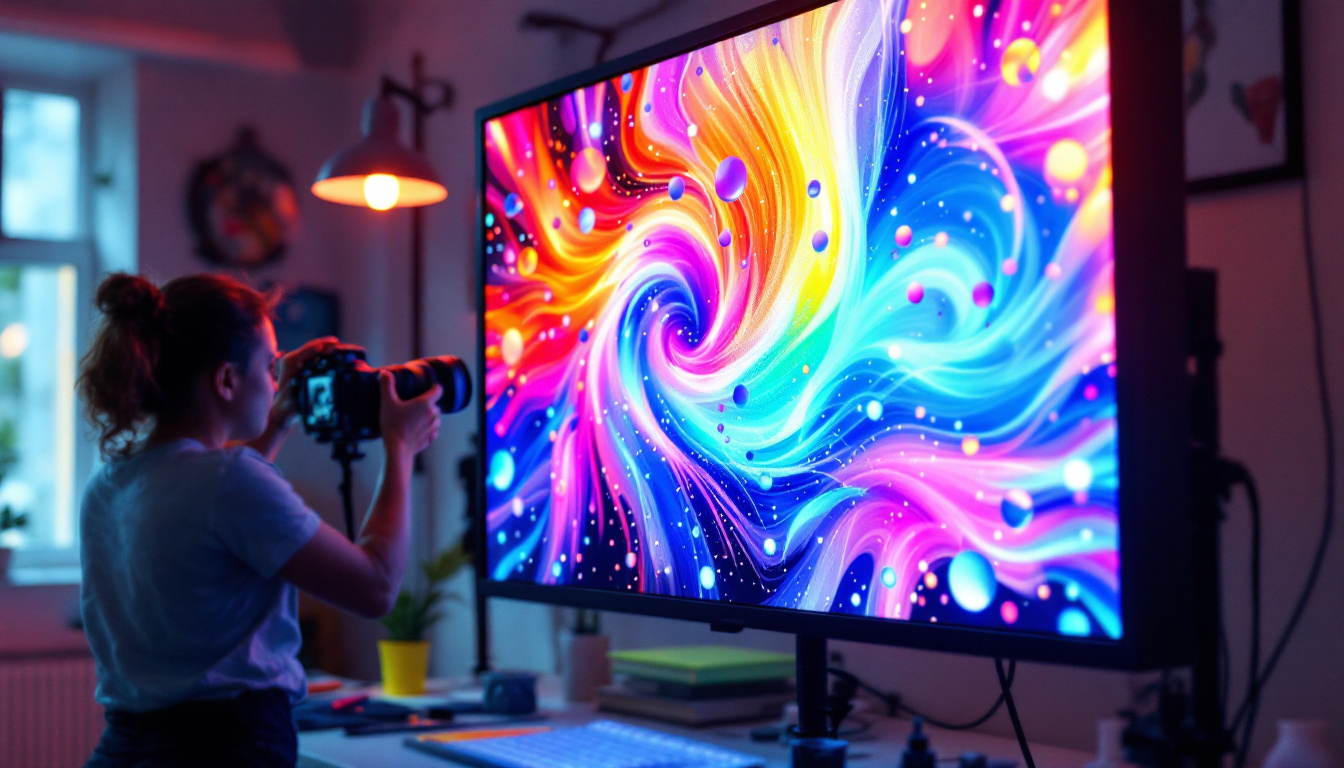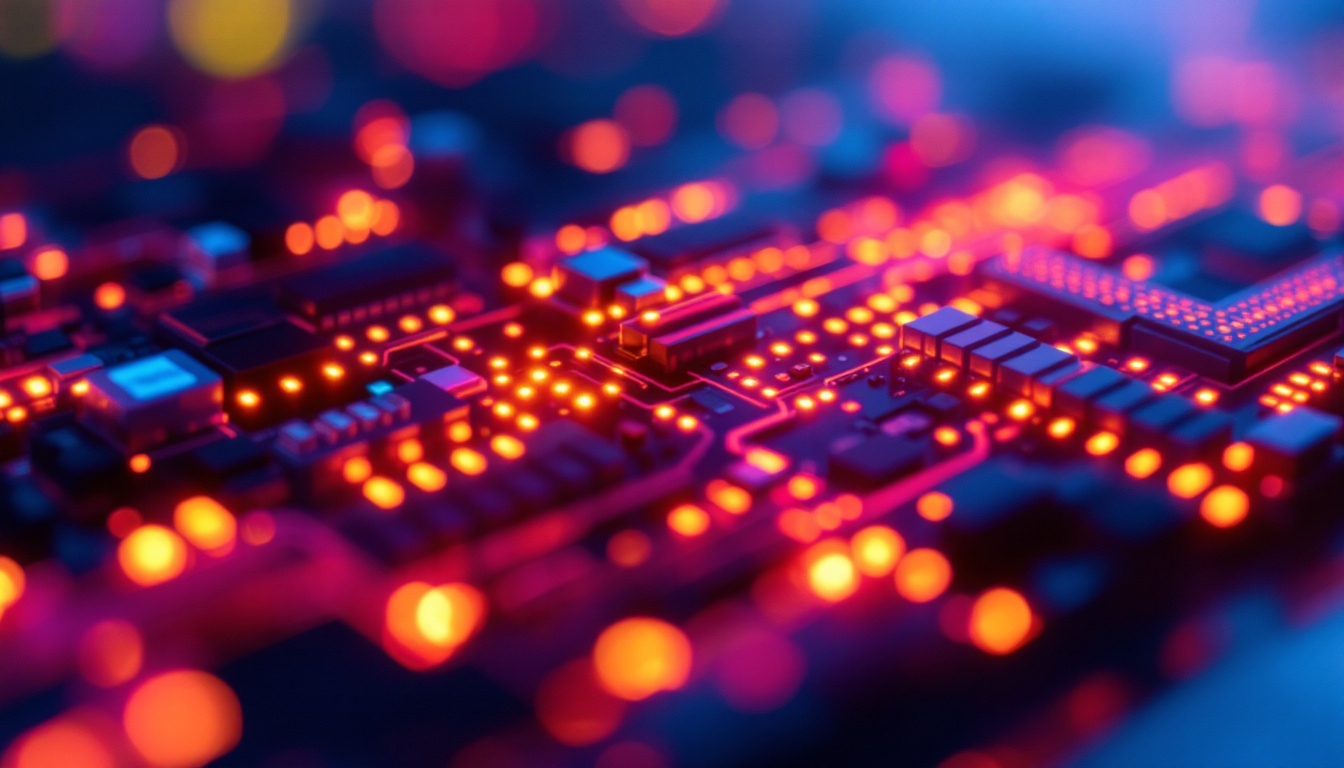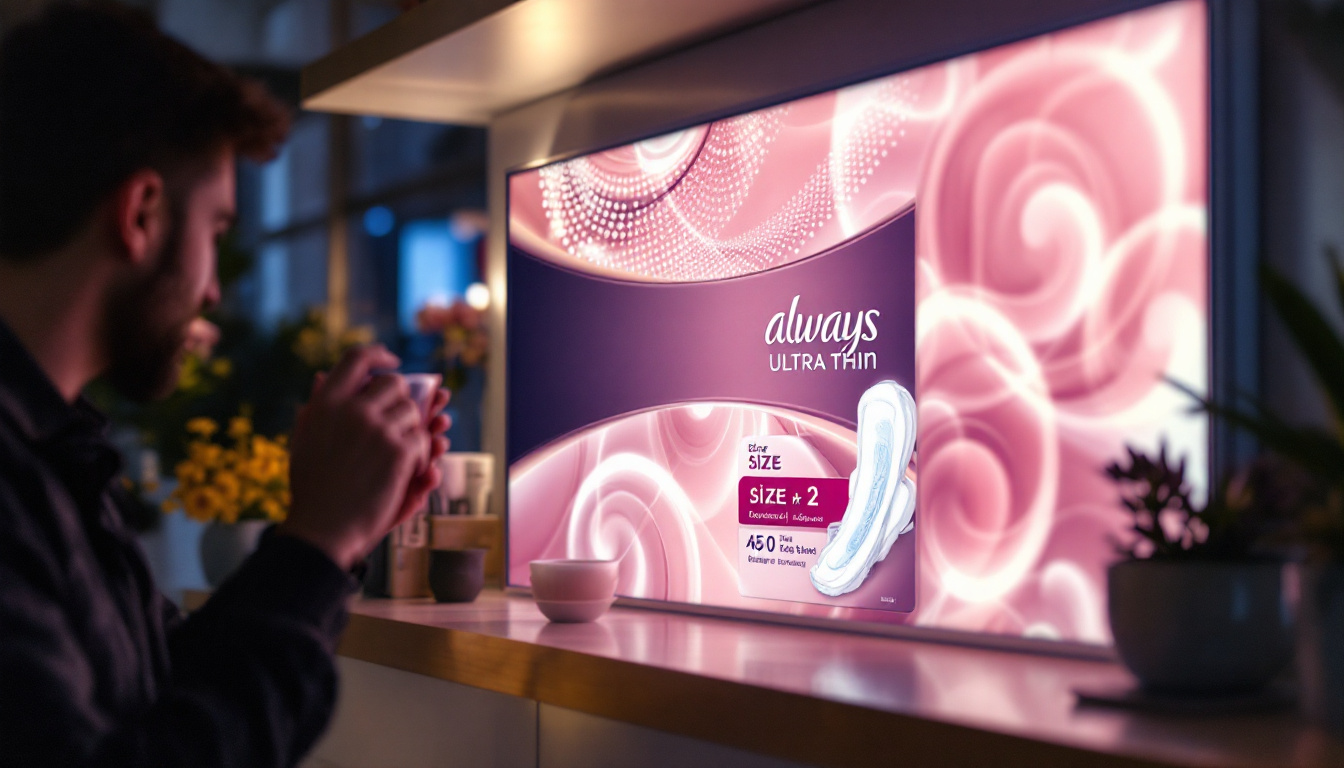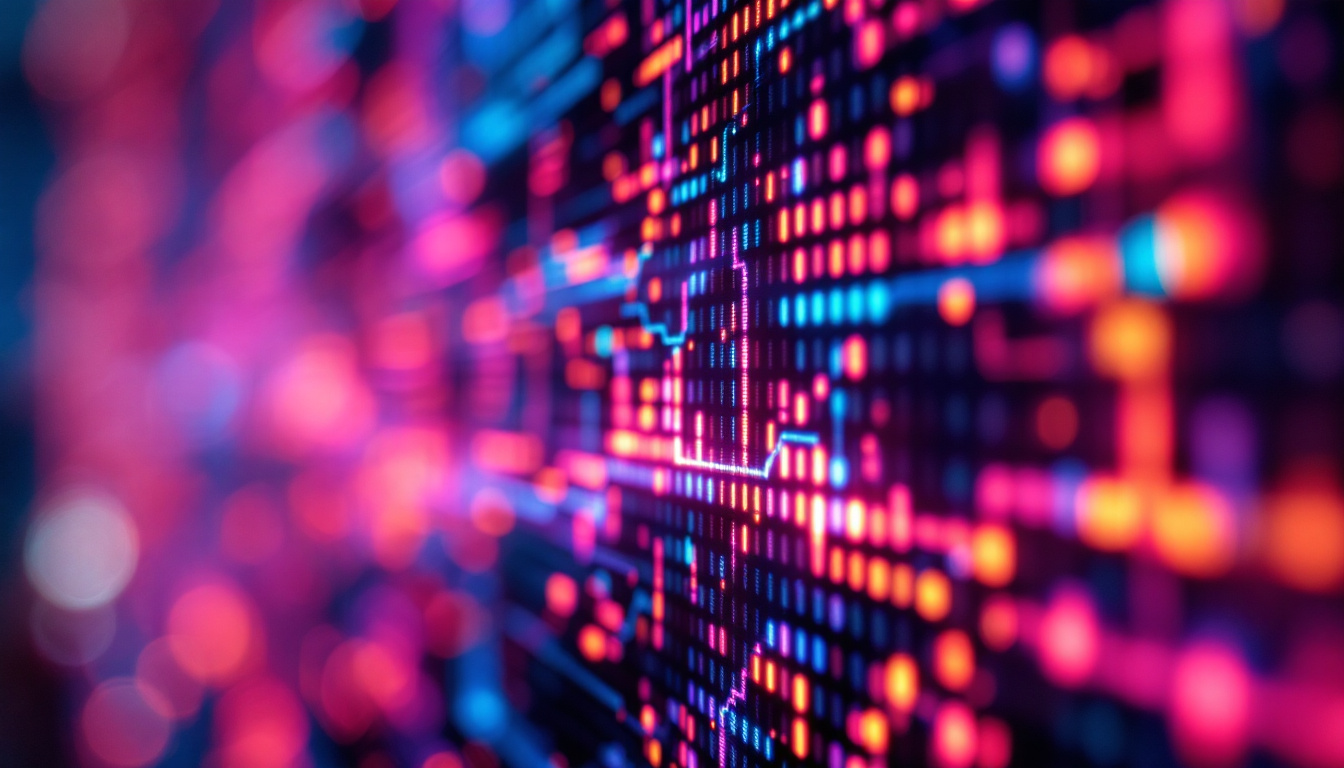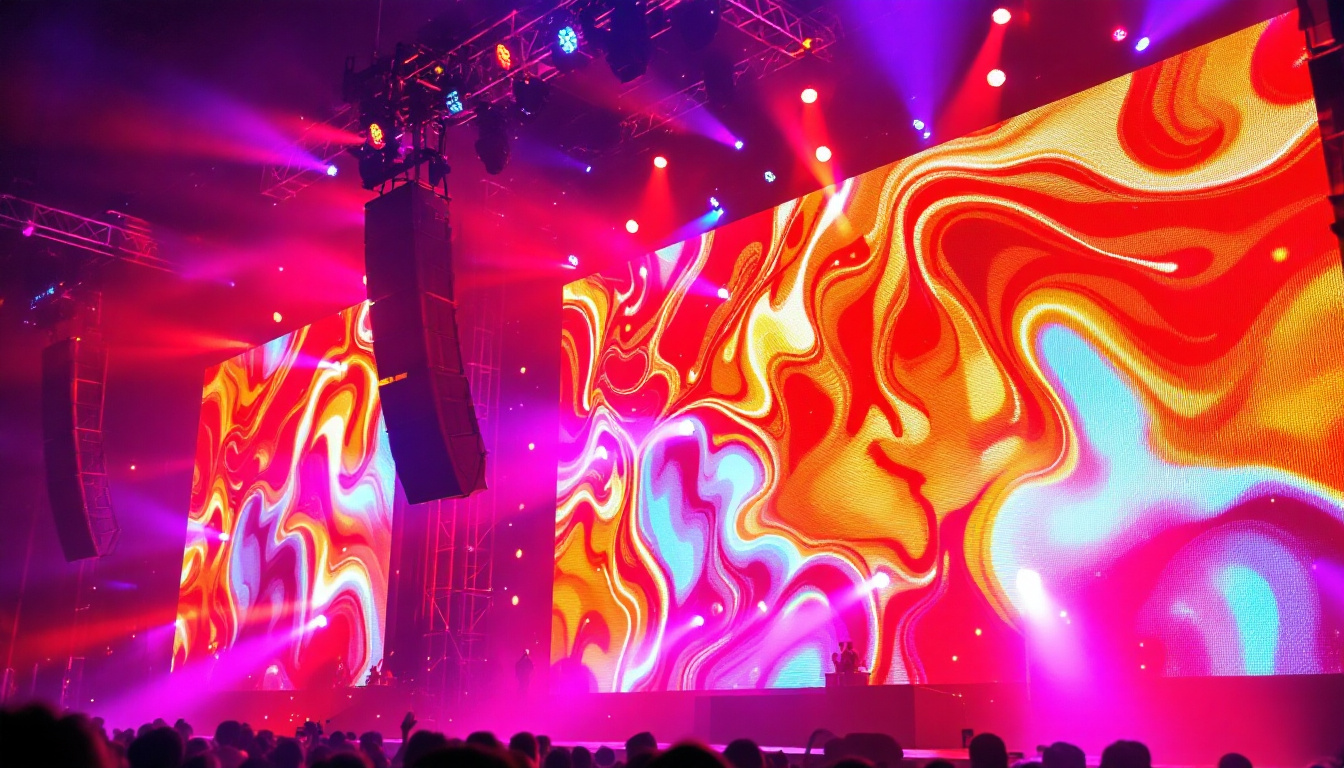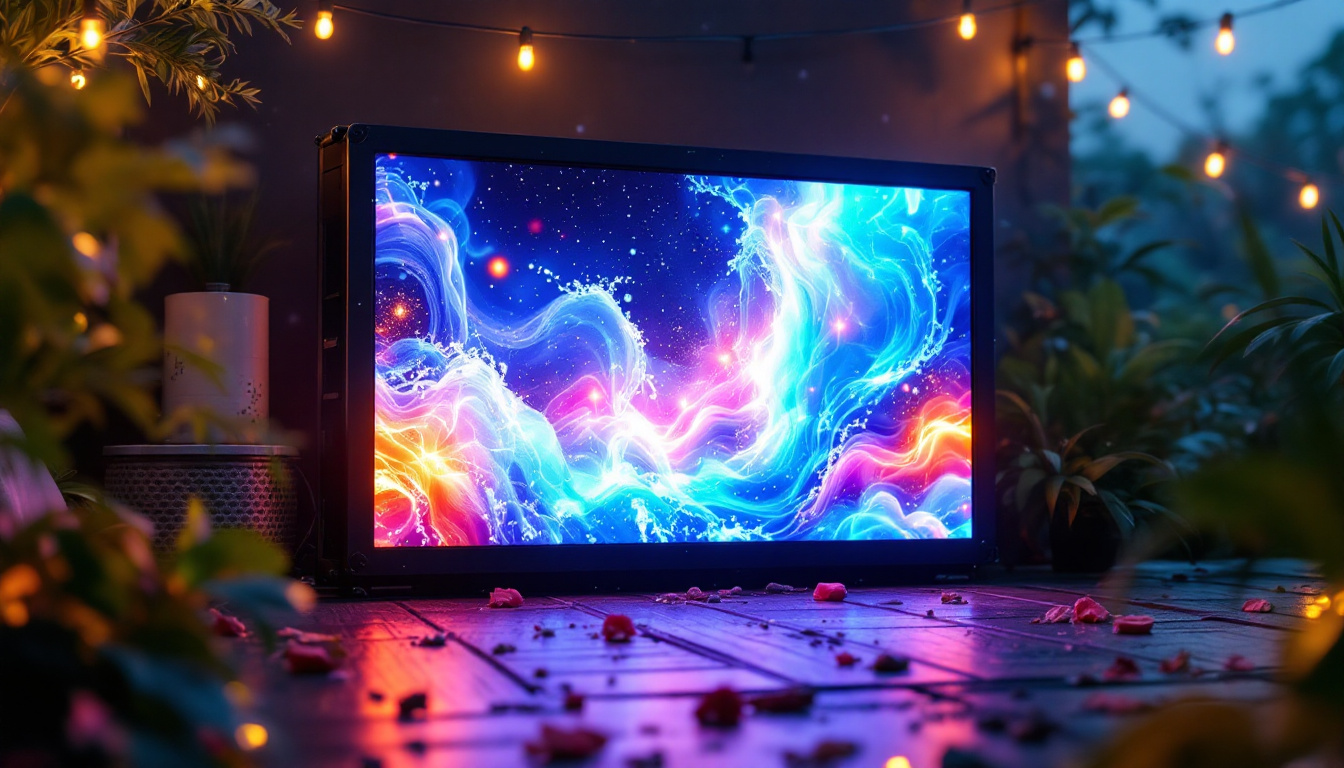In recent years, LED displays have revolutionized the way we experience visual content, particularly in commercial and entertainment settings. The advent of TV walls, which utilize these advanced displays, has transformed environments ranging from corporate boardrooms to bustling shopping malls. This article delves into the intricacies of LED displays, their advantages, and how they are reshaping visual communication.
Understanding LED Technology
Light Emitting Diodes (LEDs) are semiconductor devices that emit light when an electric current passes through them. This technology is the backbone of modern display systems, including TV walls. Unlike traditional display technologies, such as LCD or plasma, LED displays offer superior brightness, color accuracy, and energy efficiency. The compact size of LEDs also allows for thinner and lighter designs, making them a preferred choice for contemporary architecture and digital signage.
How LED Displays Work
LED displays consist of an array of tiny light-emitting diodes that are arranged in a grid. These diodes can produce a wide spectrum of colors by varying the intensity of red, green, and blue (RGB) light. When combined, these colors create the full range of hues visible to the human eye. The ability to control each diode individually allows for stunning visual effects and high-definition imagery. This precision in color control is particularly beneficial in applications such as advertising and entertainment, where visual impact is paramount.
In the context of a TV wall, multiple LED panels are tiled together to form a larger display surface. This modular approach enables flexibility in size and shape, catering to various installation requirements. The seamless integration of these panels is crucial for creating a cohesive viewing experience. Additionally, advancements in processing technology ensure that the images displayed on these walls are not only vibrant but also dynamically adjusted for ambient light conditions, enhancing visibility in various environments.
Types of LED Displays
There are several types of LED displays, each designed for specific applications. The most common types include:
- Direct View LED (DVLED): These displays are made up of individual LED modules that can be configured to create large screen sizes. They are known for their high brightness and excellent color performance, making them ideal for outdoor and indoor applications. The durability of DVLEDs also makes them suitable for high-traffic areas, where they can withstand exposure to the elements and frequent use.
- LED Backlit LCD: This technology uses LEDs to illuminate an LCD panel. While not as vibrant as direct view LED displays, they are widely used due to their cost-effectiveness and ability to produce high-quality images. The backlighting can be adjusted to enhance contrast and improve energy efficiency, making these displays a popular choice for consumer electronics like televisions and computer monitors.
- Organic LED (OLED): OLED displays utilize organic compounds that emit light when an electric current is applied. They offer superior contrast ratios and color accuracy, but are typically more expensive and less common in large-scale installations. The flexibility of OLED technology also allows for innovative designs, such as curved screens and ultra-thin panels, which can enhance the aesthetic appeal of any space.
As the demand for high-quality visual displays continues to grow, the evolution of LED technology is paving the way for even more advanced applications. Innovations such as microLED and miniLED are emerging, promising to deliver even greater brightness, contrast, and energy efficiency. These advancements are expected to revolutionize industries ranging from entertainment to healthcare, where precise and vivid imagery can significantly impact user experience and outcomes.
Advantages of LED Displays
LED displays have gained popularity due to their numerous advantages over traditional display technologies. These benefits make them an attractive option for businesses and organizations looking to enhance their visual communication strategies.
Brightness and Visibility
One of the standout features of LED displays is their exceptional brightness. They can produce vibrant images even in well-lit environments, making them suitable for outdoor use. This high visibility ensures that content remains clear and engaging, regardless of ambient lighting conditions. Furthermore, the ability to adjust brightness levels dynamically allows for optimal viewing experiences at any time of day, ensuring that messages are effectively communicated without straining the eyes of viewers.
Energy Efficiency
LED technology is inherently more energy-efficient compared to other display types. This efficiency translates into lower operating costs, making LED displays a sustainable choice for businesses. Additionally, their long lifespan reduces the frequency of replacements, further contributing to cost savings. The reduced energy consumption not only benefits the bottom line but also aligns with environmentally conscious practices, as businesses can significantly lower their carbon footprint by opting for LED technology over traditional options.
Versatility and Scalability
LED displays are incredibly versatile, allowing for various configurations and sizes. Whether it’s a small conference room or a large stadium, LED technology can be tailored to fit the space. This scalability makes them an ideal solution for a wide range of applications, from advertising to live events. Moreover, the modular nature of many LED systems means that they can be easily expanded or reconfigured as needs change, providing businesses with a future-proof solution that can grow alongside their requirements. This adaptability is particularly beneficial in dynamic environments, such as retail spaces or event venues, where the ability to quickly change displays can enhance customer engagement and drive sales.
Applications of LED TV Walls
The versatility of LED TV walls has led to their adoption across various sectors. Understanding these applications can provide insights into how businesses leverage this technology to enhance their operations and customer experiences.
Corporate Environments
In corporate settings, LED TV walls are often used for presentations, video conferencing, and information displays. Their ability to deliver high-quality visuals helps facilitate communication and collaboration among teams. Furthermore, they can be integrated with various software solutions to display real-time data and analytics. This integration allows for seamless updates during meetings, ensuring that all participants are on the same page. Additionally, the large format of LED walls can transform a standard conference room into a dynamic space that fosters creativity and innovation, making it easier for teams to brainstorm and visualize ideas.
Retail and Advertising
Retailers have embraced LED displays as a powerful marketing tool. TV walls can showcase dynamic advertisements, promotional content, and product information, capturing the attention of customers. The engaging visuals can significantly enhance the shopping experience, leading to increased foot traffic and sales. Beyond traditional advertising, retailers can use LED walls for interactive displays that allow customers to engage with products in a more immersive way. For instance, touch-sensitive screens can provide detailed information about items, while also featuring customer reviews and recommendations. This level of interaction not only informs but also entertains, creating a memorable shopping experience that encourages repeat visits.
Entertainment and Events
In the entertainment industry, LED TV walls are a staple at concerts, festivals, and sporting events. They provide immersive visual experiences that enhance audience engagement. From displaying live feeds to dynamic graphics, these displays play a crucial role in creating memorable events. The versatility of LED walls allows event organizers to customize content in real-time, adapting to the energy of the crowd and the flow of the event. Moreover, with advancements in technology, LED walls can now be designed to be flexible and portable, enabling their use in a variety of settings, from outdoor festivals to intimate indoor venues. This adaptability ensures that no matter the scale of the event, the visual impact remains powerful and captivating, drawing audiences into the experience like never before.
Installation and Maintenance Considerations
While the benefits of LED TV walls are clear, proper installation and maintenance are critical to ensuring their longevity and performance. Understanding these factors can help organizations make informed decisions when investing in this technology.
Installation Process
Installing an LED TV wall involves several steps, including site assessment, structural support evaluation, and calibration. It’s essential to work with experienced professionals who can ensure that the installation meets safety standards and technical requirements. Proper alignment and calibration are crucial for achieving a seamless display.
Regular Maintenance
To maintain optimal performance, LED displays require regular maintenance. This includes cleaning the panels, checking for loose connections, and updating software as needed. Many manufacturers offer maintenance contracts to ensure that displays are serviced regularly, minimizing downtime and extending the lifespan of the equipment.
Future Trends in LED Display Technology
The landscape of LED display technology is continually evolving. As advancements are made, several trends are emerging that could shape the future of TV walls and visual displays.
Higher Resolutions
As consumer demand for high-quality visuals increases, manufacturers are focusing on developing LED displays with higher resolutions. Technologies like MicroLED and MiniLED are paving the way for displays that offer superior pixel density and image clarity, making them ideal for applications requiring intricate detail.
Integration with Smart Technologies
Smart technology integration is becoming increasingly prevalent in LED displays. Features such as touch interactivity, IoT connectivity, and AI-driven content management systems are enhancing the functionality of TV walls. This integration allows for more personalized experiences and efficient content delivery.
Eco-Friendly Innovations
With a growing emphasis on sustainability, manufacturers are exploring eco-friendly innovations in LED display technology. This includes using recyclable materials, improving energy efficiency, and developing displays that minimize environmental impact. As businesses become more environmentally conscious, these innovations will play a crucial role in shaping purchasing decisions.
Conclusion
LED displays have transformed the way visual content is experienced across various sectors. Their superior brightness, energy efficiency, and versatility make them an ideal choice for businesses looking to enhance communication and engagement. As technology continues to evolve, the future of LED TV walls promises exciting advancements that will further enrich visual experiences.
Understanding the intricacies of LED displays, from their functionality to their applications, is essential for organizations considering this technology. By leveraging the benefits of LED TV walls, businesses can create impactful visual environments that resonate with audiences and drive results.
Discover LumenMatrix LED Display Solutions
Ready to elevate your space with the unparalleled brightness, energy efficiency, and versatility of LED displays? LumenMatrix is at the forefront of LED display technology, offering a wide array of innovative solutions tailored to your needs. From Indoor and Outdoor LED Wall Displays to specialized options like Vehicle, Sports, and Floor LED Displays, our products are designed to create immersive visual experiences that captivate your audience. Embrace the future of visual communication with LumenMatrix and transform how you share your message. Check out LumenMatrix LED Display Solutions and see the difference for yourself.

